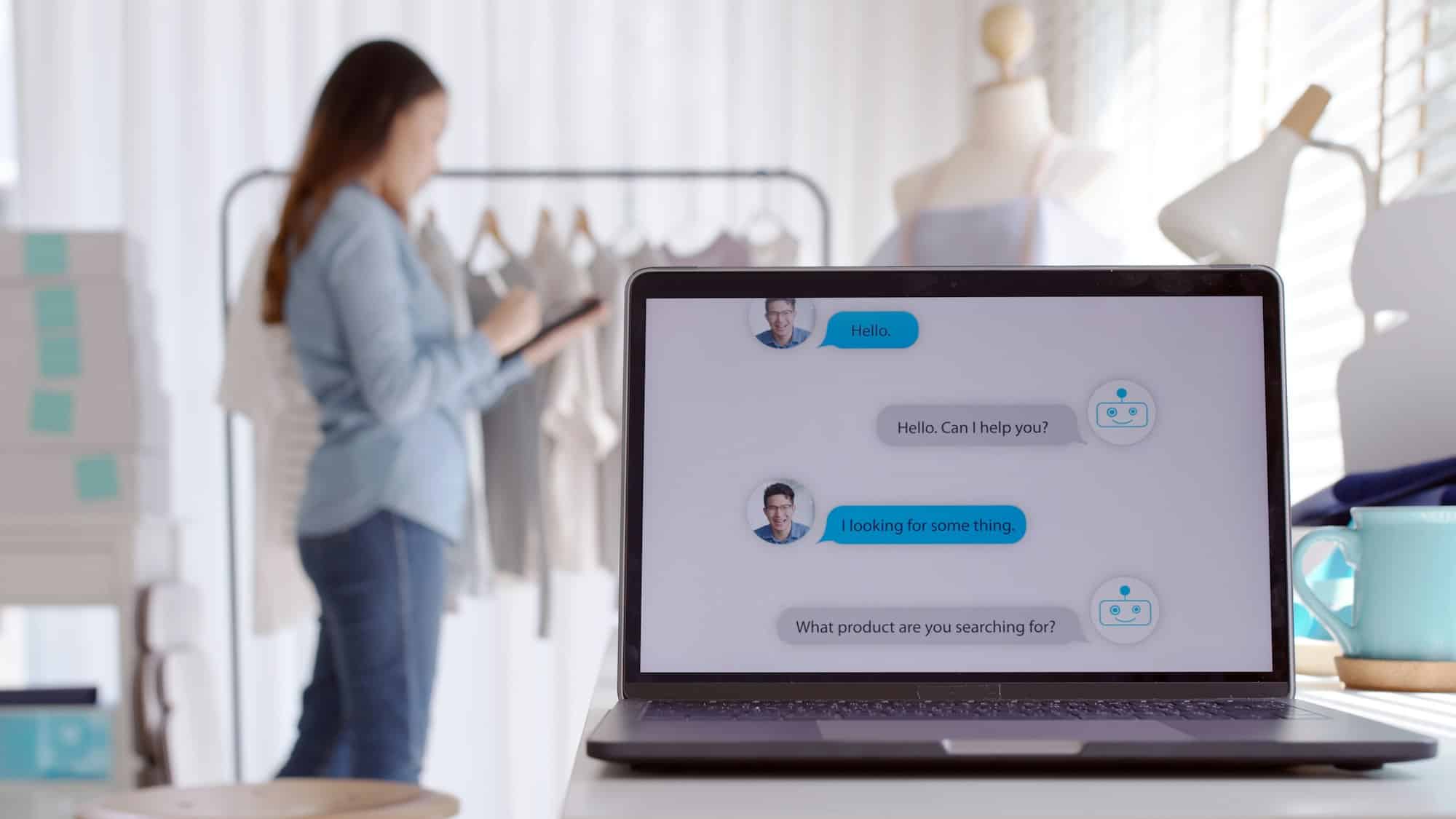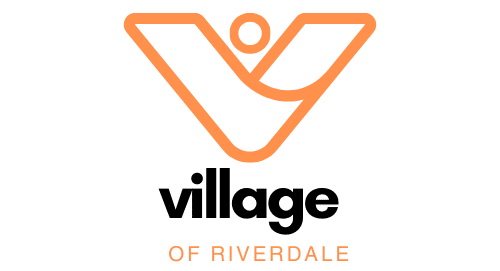How to track and optimize conversions generated by a chatbot?

Chatbots have become powerful tools for businesses, not only in customer service but also in driving conversions. Whether it's generating leads, facilitating purchases, or encouraging sign-ups, chatbots can significantly impact a company's bottom line. However, to maximize their effectiveness, it's essential to track and optimize the conversions they generate. This article shows you various methods and strategies for monitoring chatbot conversions and enhancing their performance to achieve better results.
Setting clear conversion goals
The first step in tracking and optimizing chatbot conversions is to define clear and measurable goals. You can click on https://www.mychatbotgpt.com/ for more details. Conversion goals can vary depending on the business and its objectives. Common goals include lead generation, product sales, appointment bookings, newsletter sign-ups, and user registrations.
Dans le meme genre : What Are the Technological Solutions for Real-Time Supply Chain Risk Management?
Once the goals are established, it's important to communicate them to all stakeholders involved in the chatbot's development and deployment. This ensures that everyone understands the desired outcomes and can work towards achieving them. Additionally, having well-defined goals allows for the creation of specific key performance indicators (KPIs) to monitor progress and make data-driven decisions.
Utilizing analytics tools
To effectively track chatbot conversions, integrating robust analytics tools is essential. Tools like Google Analytics, Chatbase, and Botanalytics offer comprehensive tracking capabilities that provide insights into user interactions and conversion rates. By integrating these tools with the chatbot, businesses can monitor key metrics such as the number of interactions, conversion rates, user demographics, and drop-off points.
Sujet a lire : How Is AI Being Used to Personalize Learning Experiences for Students with Autism?
Analytics tools can also help in identifying patterns and trends in user behavior. For example, businesses can track which chatbot interactions lead to the highest conversion rates and which ones have the most significant drop-off points. This information is invaluable for optimizing the chatbot’s performance and enhancing its ability to drive conversions.
A/B testing for optimization
A/B testing is a powerful method for optimizing chatbot conversions. By creating multiple versions of chatbot interactions and testing them with different user segments, businesses can identify which approaches yield the best results. A/B testing can be applied to various elements of the chatbot, including messaging, call-to-action buttons, conversation flow, and visual design.
For instance, a business might test two different greetings to see which one engages users more effectively or experiment with different ways of presenting a product to determine which approach leads to higher sales. The results of A/B testing provide actionable insights that can be used to refine the chatbot’s design and functionality.
Personalizing user interactions
Personalization is a key factor in driving conversions through a chatbot. Users are more likely to engage with and convert through a chatbot that provides personalized interactions tailored to their preferences and needs. To achieve this, businesses can leverage user data and segmentation to deliver relevant and targeted messages.
Personalization can be implemented in various ways, such as addressing users by their names, recommending products based on previous interactions, or offering personalized discounts and promotions. By making users feel valued and understood, personalized interactions can significantly enhance the user experience and increase the likelihood of conversions.
Implementing chatbot funnels
A well-designed chatbot funnel guides users through a series of interactions that ultimately lead to a conversion. By mapping out the user journey and designing the chatbot to facilitate this journey, businesses can improve conversion rates. A typical chatbot funnel might start with an initial greeting, followed by qualifying questions to understand user needs, providing relevant information or recommendations, and finally, prompting the user to take action.
For example, an e-commerce chatbot might begin by asking users about their preferences, recommending products based on their answers, and then guiding them through the purchase process. By structuring the chatbot interactions in a logical and user-friendly manner, businesses can create a seamless experience that encourages conversions.
Leveraging machine learning and AI
Machine learning and artificial intelligence (AI) technologies can play a significant role in optimizing chatbot conversions. By analyzing large volumes of interaction data, machine learning algorithms can identify patterns and trends that may not be immediately apparent. These insights can be used to refine the chatbot’s responses, improve personalization, and enhance the overall user experience.
In summary, tracking and optimizing chatbot conversions is essential for maximizing their effectiveness and achieving business goals. By setting clear conversion goals, utilizing analytics tools, conducting A/B testing, personalizing interactions, implementing chatbot funnels and leveraging AI and machine learning, businesses can enhance their chatbot’s performance and drive higher conversion rates. A comprehensive and data-driven approach ensures that chatbots remain valuable assets in engaging users and facilitating desired actions.
